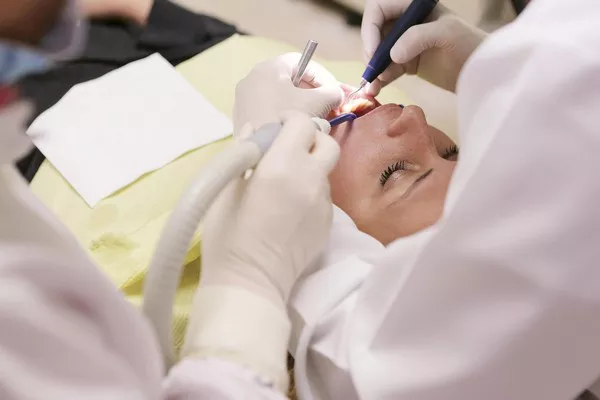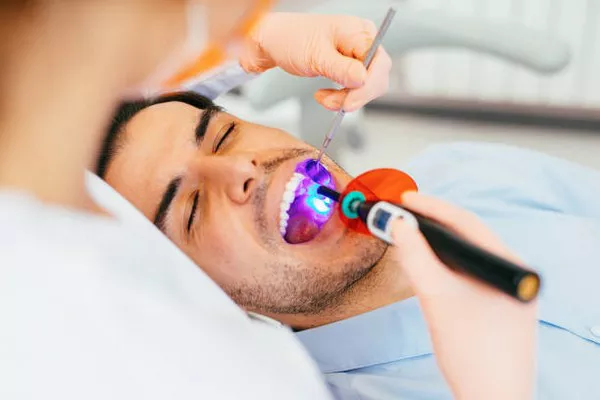In the realm of oral health, dental deep cleaning stands as a crucial procedure to ensure the longevity of our pearly whites. However, for many individuals, the cost of such dental care can be a daunting factor. In this comprehensive guide, we delve into the intricacies of the average price of dental deep cleaning, shedding light on the various factors that influence costs and offering insights into affordable oral care solutions.
Understanding the Basics of Dental Deep Cleaning:
Dental deep cleaning, also known as scaling and root planing, goes beyond a routine dental cleaning. It involves the removal of plaque and tartar from the teeth and beneath the gumline, addressing early stages of gum disease. The procedure plays a pivotal role in preventing periodontal issues and maintaining optimal oral health.
Professional Teeth Cleaning vs. Deep Cleaning:
While routine dental cleanings focus on the surfaces of the teeth, deep cleaning reaches beneath the gumline to eliminate accumulated bacteria. This more extensive process justifies a higher cost, reflecting the specialized care required for effective treatment.
The Importance of Periodontal Health:
Citing data from the American Dental Association, maintaining healthy gums is integral to overall well-being. Untreated gum disease can lead to severe complications, including tooth loss and potential links to systemic conditions like heart disease. Investing in dental deep cleaning serves as a preventive measure against these potential risks.
Factors Influencing the Cost of Dental Deep Cleaning:
The average price of dental deep cleaning varies based on a multitude of factors. Understanding these elements is crucial for individuals seeking transparency in dental care expenses.
Extent of Periodontal Disease:
The severity of gum disease directly impacts the cost of deep cleaning. Early-stage gum issues may only require a standard procedure, while advanced cases demand more extensive and, consequently, pricier treatment.
Number of Quadrants Treated:
Dental deep cleaning is often measured in quadrants, with each quadrant representing a quarter of the mouth. The more quadrants requiring treatment, the higher the overall cost. This highlights the importance of early detection and intervention to minimize the extent of necessary cleaning.
Geographic Location:
Regional variations in the cost of living influence dental care expenses. Urban areas tend to have higher overhead costs, impacting the prices charged by dental professionals. Research indicates that dental costs can differ significantly between states, emphasizing the need for individuals to consider location when budgeting for dental procedures.
Navigating Affordable Dental Care Options:
Recognizing the financial constraints that individuals may face, there are viable options to make dental deep cleaning more accessible without compromising quality.
Dental Insurance Coverage:
Investigate dental insurance plans that cover preventive procedures such as deep cleaning. Many plans offer partial or full coverage, alleviating the financial burden on patients. Research from the National Association of Dental Plans reveals that preventive services are commonly covered by insurance, promoting proactive oral health.
Discount Dental Plans:
In instances where insurance coverage is limited, discount dental plans can provide a cost-effective alternative. These plans offer reduced rates on various dental procedures, ensuring that individuals can prioritize their oral health without breaking the bank.
Community Health Clinics:
Community health clinics often provide dental services at reduced rates, catering to individuals with financial constraints. Research from the Health Resources and Services Administration highlights the prevalence of affordable dental care in community-based settings.
Proactive Measures for Cost-Effective Oral Health:
Beyond seeking affordable options for dental deep cleaning, adopting proactive measures can contribute to long-term oral health and potentially reduce the need for extensive procedures.
Consistent Oral Hygiene Practices:
Emphasize the importance of consistent oral hygiene practices, including regular brushing, flossing, and the use of antimicrobial mouthwash. Such habits can mitigate the development of gum disease, ultimately minimizing the frequency and intensity of required deep cleaning.
Regular Dental Check-ups:
Routine dental check-ups enable early detection of oral issues, allowing for timely intervention and preventing the progression of gum disease. The American Dental Association recommends biannual visits to maintain optimal oral health.
Conclusion:
In conclusion, understanding the average price of dental deep cleaning involves a multifaceted exploration of factors that influence costs and practical solutions to make oral care more accessible. By prioritizing preventive measures, exploring insurance options, and considering alternative dental care avenues, individuals can embark on a journey towards affordable and sustainable oral health.
As we navigate the complexities of dental care costs, it becomes evident that an investment in preventive measures today can yield substantial savings and long-term benefits for the health of our smiles tomorrow.
Related Links:
What is interdental cleaning?
Does salt and baking soda remove tartar?
Does a dental deep cleaning hurt?
































